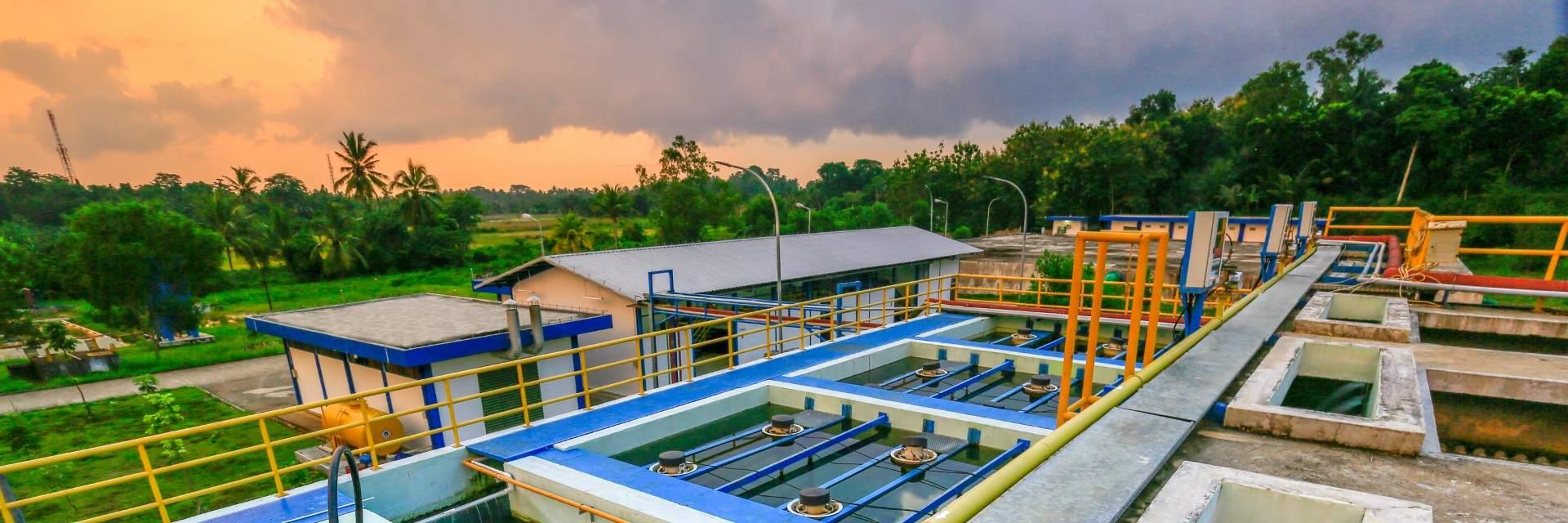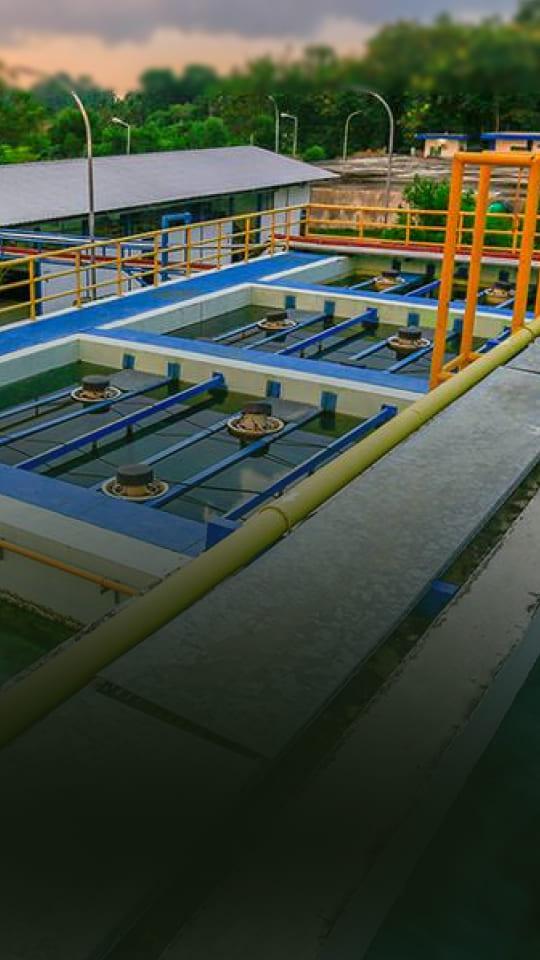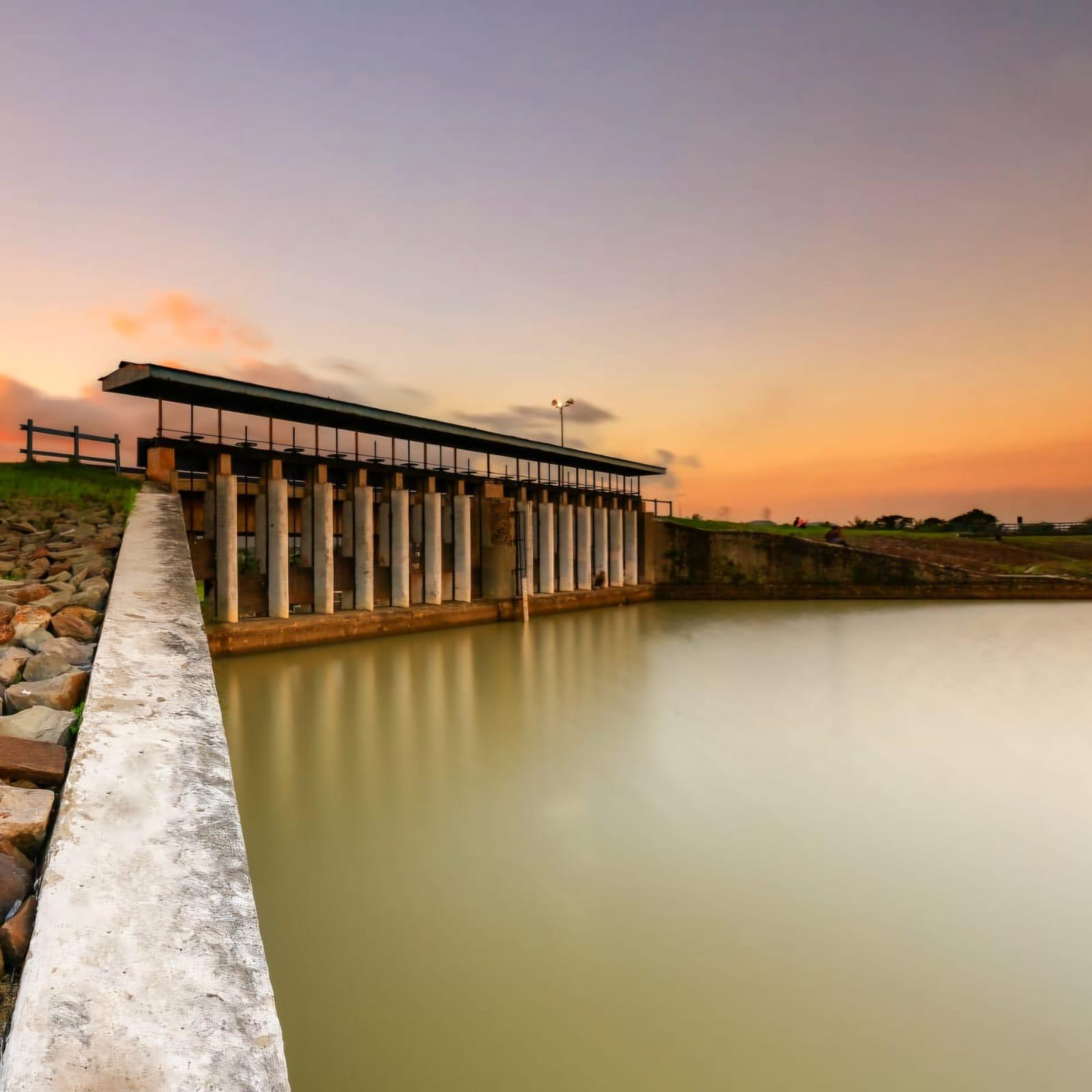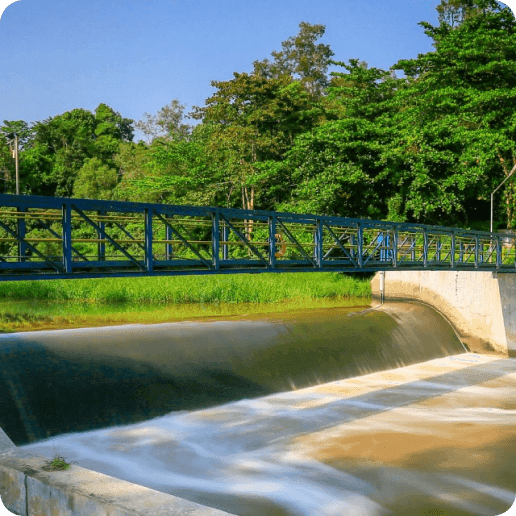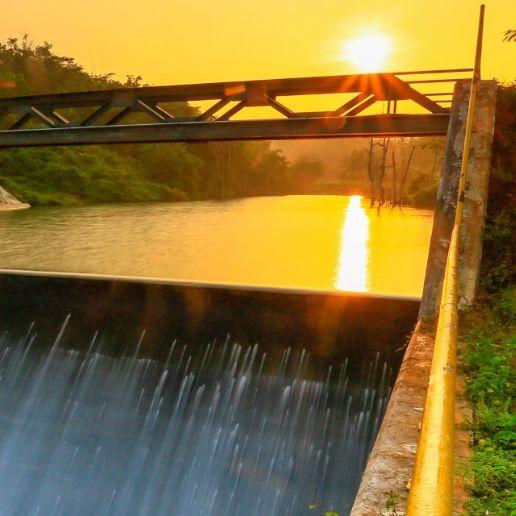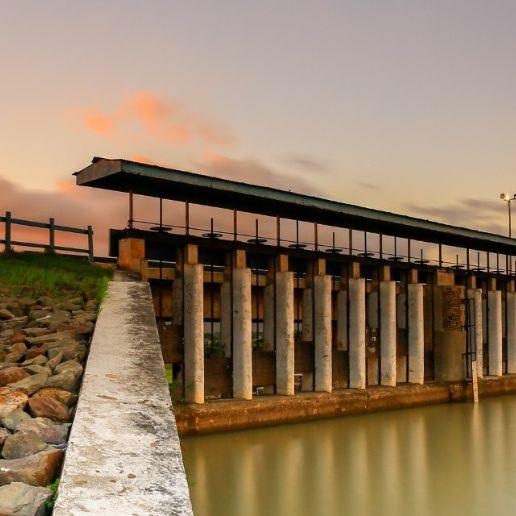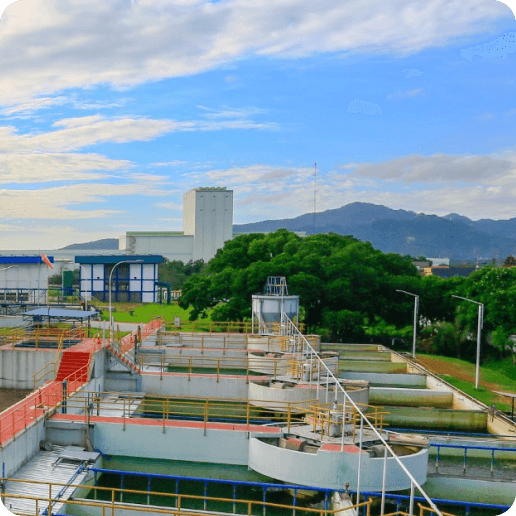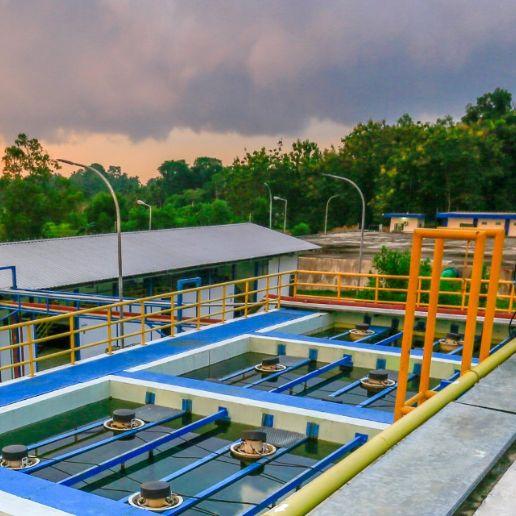Along with the industrial development in Cilegon City, the demand for water, both in quantity and specific quality, has also increased. Therefore, on February 27, 2023, Chandra Asri Group purchased 49% shares of PT Krakatau Tirta Industri, making it part of the infrastructure entity under PT Chandra Daya Investasi Tbk (CDI Group)
PT Krakatau Tirta Industri has developed its business potential to meet market needs by building and operating several Demin Water Treatment Plants, Water Recycle Plant, Wastewater Treatment Plant with membrane, ultrafiltration, ion exchange, and biological treatment technologies . KTI's 3 business pillars include: Clean water, demin water, and wastewater treatment.
